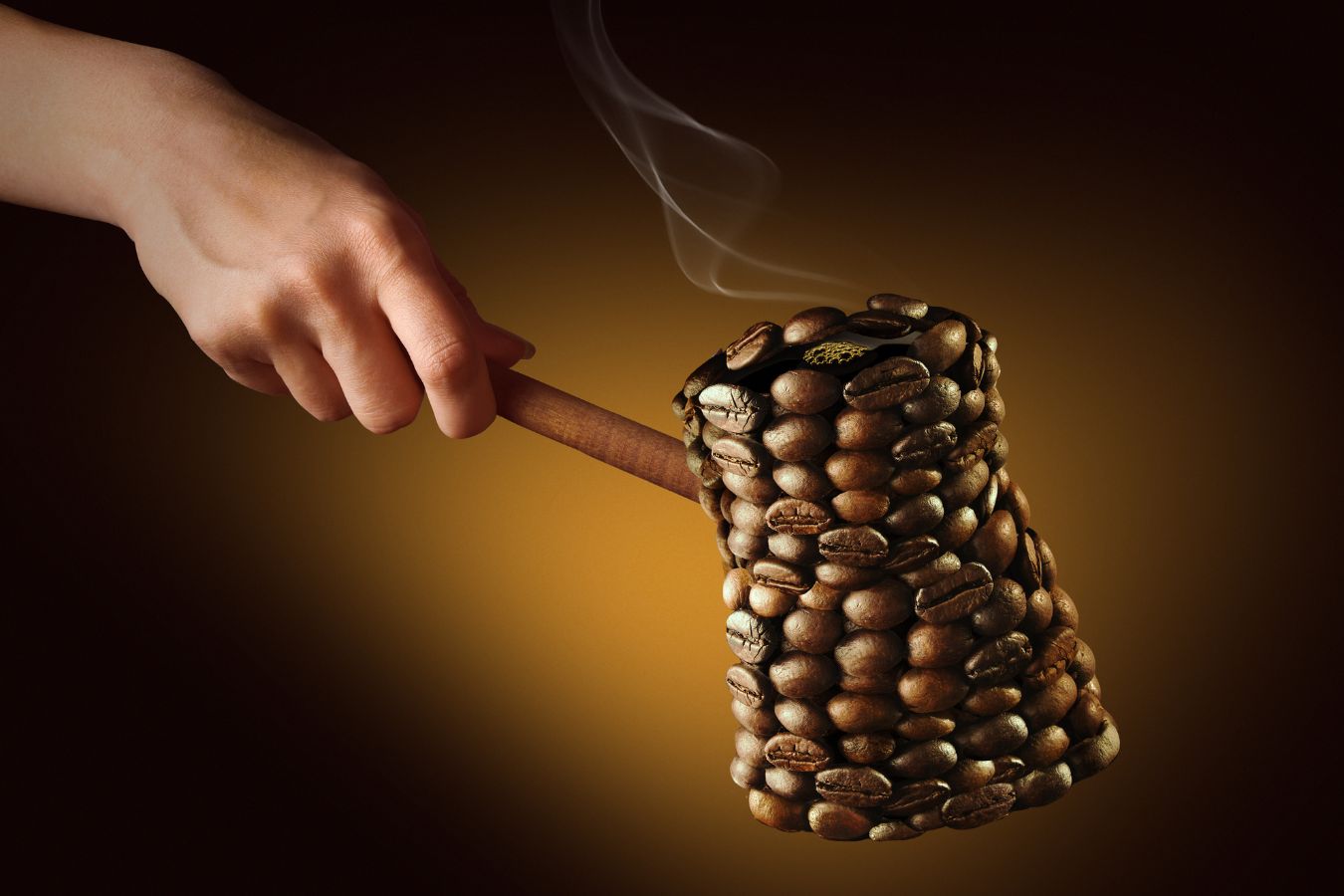
How to Heat a Roaster
When I was cupping several COE cf lines a few years back, one of the samples was severely underdeveloped, while the others were slightly underdeveloped. Other cups have different levels of development. I worked out that these two cups came from the first and second roasting batches on that particular day. I inquired about the roast order the cupping owner had that morning. I correctly predicted that sequence.

Every roaster I spoke with acknowledged that the first few roasts of the day were of poor quality. The problem is typically caused by the roaster being overheated. Before starting the first batch, most operators heat the machine to charging temperature and then let it rest at/or around that temperature for some time, usually 15-30 minutes. This procedure assures that the initial batch roasts at a slower rate than future batches that are successful.
The issue is that the thermal sensor is a poor indicator of a machine’s thermal energy (see “charge Temp” in Chapter 9 for a list of poor hands of a machine’s thermal energy). Although the heat sensor indicates that the hot air in the device has achieved roasting temperature rapidly, the “mass of the machine” is still colder than the temperature of the air in the cage when the roaster is heated. If you start the roasting at this time, the entire machine will act as a heatsink, absorbing the heat from the roasting and slowing the heat transfer to the beans.
After a few roasts, the machine’s heat energy will reach a point where it will fluctuate for the duration of the roast.
Overheating the machine during warm-up, before it settles to average roasting temperature, is the key to normalizing the outcomes of the first few batches of a roast. To the best of my knowledge, there is no accurate or practical way to measure a machine’s thermal energy. On the other hand, roasters can use some foresight testing to develop a technique for bringing the roaster’s thermal energy into the equilibrium region. Before preparing the first batch of roasts, roasters should follow this technique.
To develop an effective roaster start-up routine, I recommend the following steps:
1. Make sure the airflow is set to medium for the entire roasting procedure.
2. Heat the unit on a medium-to-high gas setting until the sensor is just 28 degrees Celsius above charging temperature.
3. Leave the machine (idling, gas on) for 20 minutes at that temperature.
4. Reduce the gas pressure to lower the temperature gradually.
5. Once the charge temperature is displayed on the sensor, leave the gadget at that temperature for 10 minutes (still keep the fire).
6. Begin making the first batch.
7. Roast the first batch using the same gas and airflow settings as the rest of the pack.
8. Compare the findings of this batch to those of previous collections. Next time, reduce/lower the reheat if this batch roasts faster than intended. If this batch takes longer to burn, leave the machine on top of the fire for a longer time.
9. Repeat steps 8 and 9 every day until the initial batch matches the performance of future batches in the same roast.
Protocol for Inter-Batch Communication
The first warm-up process is just as vital as the gap between roasts protocol. After each batch, it is recommended that you follow a specific protocol to “warm-up” the machine’s thermal energy to the desired level before starting a new set.

For protocol between batches, I offer the following efficient technique.
Please feel free to alter this technique to meet your machine’s specific needs. I strongly advise setting a timer to guarantee that each shift starts and ends simultaneously with each roast.
1. Lower the AF to the lowest setting used during the roast.
2. After discharging the seeds, turn off the gas for 1 minute. Within 60-90 seconds of changing the gas to a level, the temperature at the sensor will reach the charging temperature.
3. Once the charging temperature is attained, keep it there for 1 minute.
4. Begin roasting the second batch.
The protocols for the first roast and transitions between batches are meant to guide you through transitioning from one set to the next. To get precisely uniform batches, roasters will need to tweak these processes. These protocols allow anyone to generate clusters that record characteristics that generally describe each roast, with total roast times differing by no more than 5-10 seconds per batch, with some experimenting.
Additional Suggestions for Improving Batch-to-Batch Consistency
A variety of variables can make resetting your machine’s heat energy before the batch begins more difficult. Among these factors are variables in batch size, ambient temperature, and previous batch roast level. As a result, resetting heat energy is a bit of an art, but there are a few tactics you may employ to boost your chances of success:
Only one batch size is roasted if this isn’t possible, roast all batches of the same batch size in a row before moving to larger sets.
– Start with tiny batches and work your way up to more significant amounts.
– After roasting batches with abnormally dark or light roasts, or batches finishing at an exceptionally high or low ambient temperature, adjust the technique between batches. The machine will become hotter after exhausting roasts with darker roasts and batches at higher temperatures. After roasting darker batches, you may, for example, turn off the gas for more extended periods.
Storage and Consistency of Green Coffee Storage
I doubt anyone argues that keeping the kernel cf at a consistent temperature and relative humidity is brilliant. While you may roast excellent coffee even if the storage circumstances aren’t ideal, properly preserving the kernels ensures a more consistent roasting result. If feasible, I recommend saving your whole kernel cf under controlled circumstances.
Consider employing a “staging room” if this is too difficult or expensive. You might construct such a room for a low cost, install a thermostatically controlled heater, and store only the roasted nuts for the following week. Temperature control is required for cf kernels placed in airtight bags (vacuum bags or Gain-Pro).
Heat and humidity management is necessary for Cf kernels exposed to ambient air while stored in burlap bags. If you humidify during prolonged storage, keep an eye out for mold and, if necessary, shuffle packs around in a pile to avoid mold growth.
Environmental Factors (tracks)
Variations in the temperature inside and outside the roaster are unavoidable. Aside from attempting to regulate the microclimate in the roasting room if possible, my best recommendation is to concentrate on the bean temperature profile when roasting and react to changing conditions as needed.
Because of the chimney effect, colder and drier weather outside the roaster will increase air intake in the duct, potentially increasing overall airflow and requiring changes to the exhaust fan (exhaust fan.) or air valve to maintain a consistent airflow. The fuel mix for the flame will alter with cooler air in the roasting area (incoming air will be colder and have more oxygen per unit volume), requiring the roaster to make specific changes to maintain heat transfer.
Chimney Cleaning (album)
On the inner wall of the exhaust duct, roasting rehydrates creosote (organic matter products after combustion), coffee oil, and numerous solid products from combustion and roasting. Solids gather in pipe walls, causing friction and a reduction in airflow. Regularly brushing the exhaust pipe is critical for keeping a consistent airflow and lowering the risk of chimney fires.

Cleaning should be done according to a schedule according to the volume and level of the roast (medium or dark). Darker roasts will need to be cleaned more frequently than lighter roasts. Given the many variables, I wouldn’t say I like to prescribe a particular timetable. However, I recommend washing your chimney at least every few hundred hours of roasting.
It is rarely essential to clear the exhaust chimney if someone employs an afterburner (a secondary combustion chamber used after roasting to clean exhaust emissions by burning organic debris in the flue gas).
Managing Batch Sizes of Various Sizes
Roasting various batch sizes is not tricky if roasters know how to modify variables/parameters during the roasting process. Most notably, the thermocouples will not be entirely submerged in the bean pile for roasts under a particular batch size, resulting in less accurate readings. The roaster must know when he can and cannot rely on this probe (or result). Smaller batches, which require less airflow, and slower drum speeds are also aspects to consider. Reduce the charge temperature and, of course, the gas setting.
It’s tempting to apply the same bean’s temperature profile to all roast sizes of the same bean. It is theoretically possible. Adjust the initial heat energy and subsequent gas settings to run the same shape over a wide range of roast sizes.